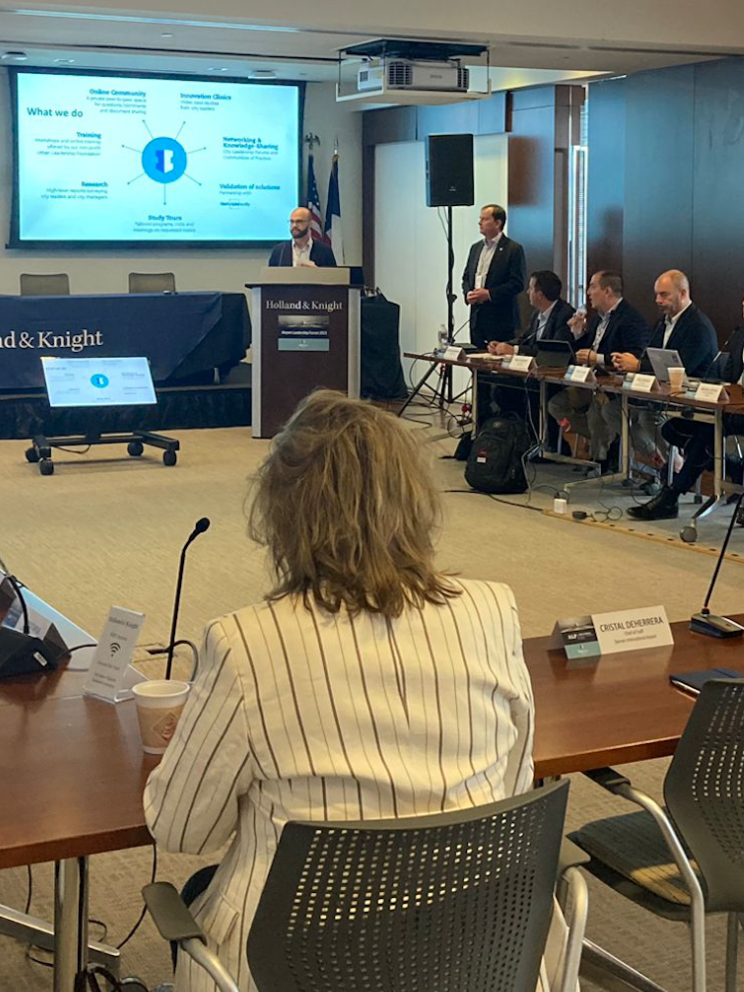Chicago’s mayor criticised over planned IT merger
16 October 2019
by Jonathan Andrews
Chicago’s mayor has outlined plans to merge the city’s innovation and technology department with fleet and facility management to save US$1 million as the city battles a deficit of US$843 million.
Lori Lightfoot, who has been mayor since May 2019, said the merger will see the chief data and information officers relocated to the Mayor’s Office and that all occupied positions will be retained or transitioned.
“With these reforms, we will ensure a more efficient, 21st-century data and technology model to put Chicago at the forefront for driving excellence and innovation across all operations, and for the residents we serve,” said Lightfoot.
The city said that having both the CDO and CIO in the Mayor’s Office will ensure data-driven decision making is a central component of the city and will safeguard efficient operations and equity-centric policymaking.
The proposed merger has, however, received criticism from Chicago’s former chief data officer, Tom Schenk Jr, who in a flurry of tweets said that it was a “terrible decision” to merge IT operations with fleet and facility.
“That’s right, someone is going to have to manage cars, buildings and IT in one job,” he said. “Treating IT as a piece of physical infrastructure is incredibly dated and exactly the opposite of what technology organisations view as their mission. This approach mirrors a philosophy of the 1990s.”
He also questioned moving the CDO and CIO to the Mayor’s Office.
“It deters those roles from being effective. You must keep leadership close to those implementing technology. To think IT can be orchestrated apart from the doing of IT is misguided.”
Andrew Therriault, who formerly led the City of Boston’s data science and analytics teams simply tweeted: “W.T.F. That’s all.”
Others have been more measured in their response, including Bob Bennett, former Chief Innovation Officer, Kansas City, Missouri who told Cities Today that the merger of departments is an efficiency requirement faced by all cities, as federal and state governments place unfunded mandates on cities “to solve political issues at their (often disconnected) level”.
“Mayors have to reconcile these irreconcilable issues,” he said. “We need to let Mayor Lightfoot have some room to operate, and we can hope that the innovation culture at DoIT is now a part of the corporate culture at the fleet department as well as the other 31 departments in that city.”
He added that the city’s performance needs to be observed over the next couple years and that a focus and analysis is needed on the change required in all departments, not just IT.
“If the innovation culture doesn’t transform education, enforcement and government efficiency, we need to call that out,” he added.
Earlier this year, the administration announced more than US$5.9 million in savings derived from energy and operational savings at fleet and facility management, the termination of short-term borrowing–expected to save US$22 million–and reforms of the city’s workers’ compensation programme.
Lightfoot will present the budget to council on 23 October.






